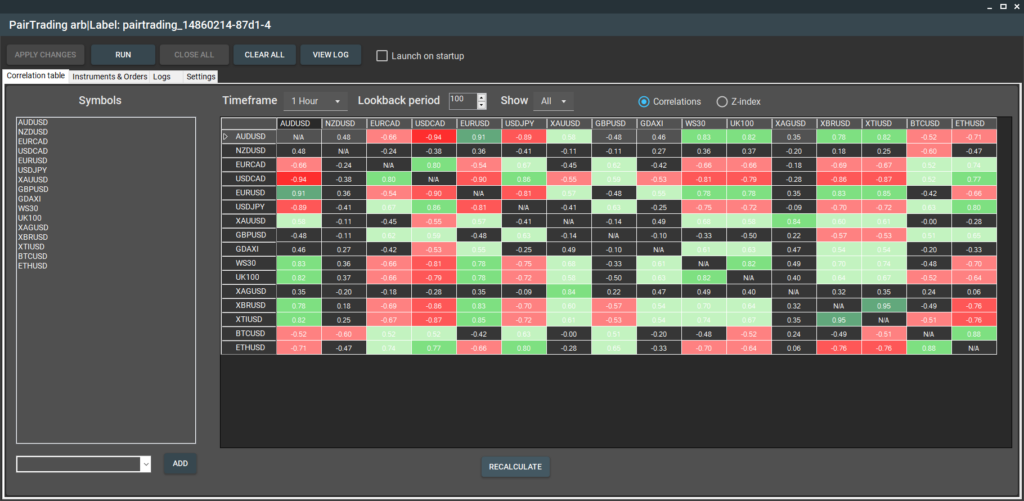Pair trading is a market-neutral non-arbitrage strategy that capitalizes on the relative performance of two correlated assets. Unlike traditional trading methods that rely on market direction, pair trading focuses on the price divergence between two securities, typically stocks. This strategy involves buying the undervalued asset while simultaneously selling the overvalued one, with the expectation that their prices will converge over time.
Pair trading originated in the early 1980s and was first employed by quantitative traders and hedge funds. The concept relies on statistical methods to identify pairs of securities with historical price relationships. By analyzing these relationships, traders can determine the relative value of each security within the pair.

The appeal of pair trading lies in its market-neutral stance, meaning it aims to profit regardless of market direction. This can be particularly advantageous during volatile or uncertain market conditions, as the strategy does not depend on predicting overall market movements. Instead, it exploits the mispricing between two correlated assets, providing opportunities for consistent returns with reduced risk.
Pair trading requires a disciplined approach involving meticulous statistical analysis and precise execution. Traders must constantly monitor the selected pairs and adjust their positions as the price relationship changes. The strategy also requires a robust risk management framework to handle potential deviations from expected price movements.
In summary, pair trading is a sophisticated strategy that leverages the relative performance of two correlated assets to achieve market-neutral profits. By focusing on the divergence and convergence of prices, traders can exploit inefficiencies in the market while mitigating broader market risks.
 Deutsch
Deutsch 日本語
日本語 العربية
العربية 한국어
한국어 Español
Español Português
Português Indonesia
Indonesia Tiếng Việt
Tiếng Việt 中文
中文





